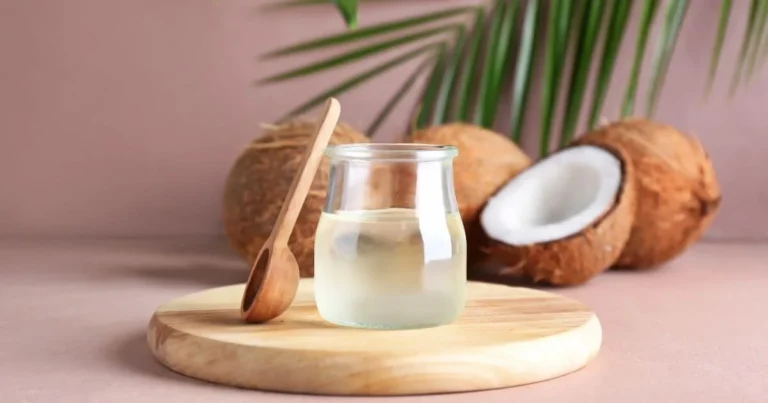Saying no is easy on paper, yet in the heat of a kiss or mid-scene adrenaline, words slip away. I have been there—tongue-tied while my brain shouted boundaries. Over time I built a toolkit of boundary scripts that roll off the tongue even when pulse and pleasure run high. This guide shares those phrases, plus the mindset and practice drills that turn them into second nature.
Why rehearsed scripts work
Boundaries thrive on clarity, not spontaneity. When you rehearse, the nervous system treats the words as muscle memory. Your tone lands steady, the message stays short, and partners know exactly what is and is not on the table. Good boundary scripts also reduce decision fatigue, especially for neurodivergent brains that can freeze under sensory load.
Step One: Prep before you speak
- Write a yes-no-maybe list and highlight your firm nos in bold.
- Translate limits into plain language like, “I do not share photos without discussing first.”
- Practice aloud while driving or showering. Spoken repetition anchors cadence and volume into muscle memory.
Step Two: Rehearse With a Safety Net
Grab a supportive friend, partner, or your phone’s voice-memo app. Say each sentence three times, adjusting volume and pace until the words land smoothly. Hearing playback helps you catch rushed phrasing, filler words, or a tone that sounds apologetic instead of firm.
Step Three: Test Scripts in Low-Stakes Moments
Start sprinkling your boundary language into everyday life. Tell a coworker, “I can’t stay past five today,” or let a roommate know, “I’m not up for company right now.” These routine reps teach your nervous system that setting limits is normal, not confrontational.
Step Four: Deploy, Debrief, Refine
Use the scripts during an actual date or scene, then debrief afterward. Ask your partner how the words felt and note any spots where clarity slipped. Tweak phrasing, shorten sentences, or add non-verbal cues as needed. Boundary work is iterative—each experience supplies data for the next set of boundary scripts.
Scripts for common moments
During a first date
- “I enjoy flirting, but I am not ready for touch yet.”
- “I would rather keep tonight alcohol free and focus on conversation.”
Right before a scene
- “Impact is great from the waist down, no genital spanking.”
- “If I say yellow, switch to a softer toy, if I say red, we stop immediately.”
Mid-scene corrections
- “Pause, that pressure is edging into pain.”
- “Please lower the volume, I need less verbal intensity.”
Post-scene debriefs
- “I loved the rhythm of the flogger, but the crop felt sharp, can we skip that next time?”
- “I need ten minutes of quiet cuddling before we talk details.”
Tone and delivery tips
- Lead with I statements to own your experience.
- Keep sentences short so there is no room for misinterpretation.
- Match body language to words. Shake your head when you say no, nod when you say yes.
- Use silence as punctuation. Say the boundary and stop talking; let the partner process before filling space.
Integrating Boundary Scripts into Power Dynamics
Power exchange can complicate direct refusals, yet clear limits remain vital. Pre-agree on a respectful format: perhaps the submissive states, “Sir, I need to pause,” or the dominant invites feedback after each intensity bump. Embedding boundary scripts into the ritual language of a D/s dynamic shows that authority and consent can—and must—coexist. Over time these scripted checkpoints become a seamless, trusted rhythm rather than an interruption.
Boundary Scripts in Digital Spaces
Negotiating via text removes tone and facial cues, making concise language even more critical. Send limits in bullet form, then ask your partner to mirror back their understanding: “Just to confirm, no choking gifs and no surprise calls—correct?” Emojis can add warmth, but rely on clear words first. Record short voice notes if written messages feel flat; hearing cadence helps partners receive boundary scripts as collaborative rather than confrontational.
Neurodivergent friendly adjustments
Some brains need extra processing time. Support them with:
- Brief text summaries after you speak a limit.
- Color cards for rapid feedback—green for go, yellow for slow, red for stop.
- Predictable check-in points every ten minutes to invite comments without pressuring spontaneous speech.
Practice drills to build confidence
- Mirror repetitions: Stand tall, maintain eye contact with your reflection, say the script three times.
- Daily low-stakes use: Set a limit with a barista—“No straw, please.” Gradual exposure normalizes limit-setting.
- Voice-note swap with a friend: Record boundary scripts, trade feedback, and boost comfort with tone and pacing.
Troubleshooting sticky situations
Your no is ignored
Re-state the boundary once. If pushback continues, end the interaction. Boundaries without respect are non-negotiable.
Emotional backlash
A partner might pout or apologize excessively. Respond with empathy but stand firm: “I hear you’re disappointed. My boundary remains.”
Freeze response
If words vanish, use a preset non-verbal cue—drop a safety object or hold up your red card. Build this into negotiations so everyone knows what silence means.
Self-Reflection Journal Prompts
- Where did I first learn that saying no could feel risky?
- Which boundary scripts flowed easily this week, and which stumbled?
- How does my body feel—heart rate, breath, muscle tone—after a clear boundary is respected?
Writing for five minutes on each question turns theory into insight and highlights progress you might otherwise miss.
Key takeaways
- Boundary scripts turn abstract limits into reflexive language.
- Short, direct sentences land better than polite hedging.
- Tone, body language, and silence shape how the words feel.
- Practice in low-pressure moments before you need the script under stress.
- Non-verbal backups protect you when speech fails.
Next steps
- Deepen your consent toolkit with my post on Negotiating D/s Over Text for digital clarity.
- Explore Finding Your Dominant Voice to project confidence when you speak boundaries aloud.
- For personalized coaching, book a session and we will craft boundary scripts tailored to your exact scenarios.




